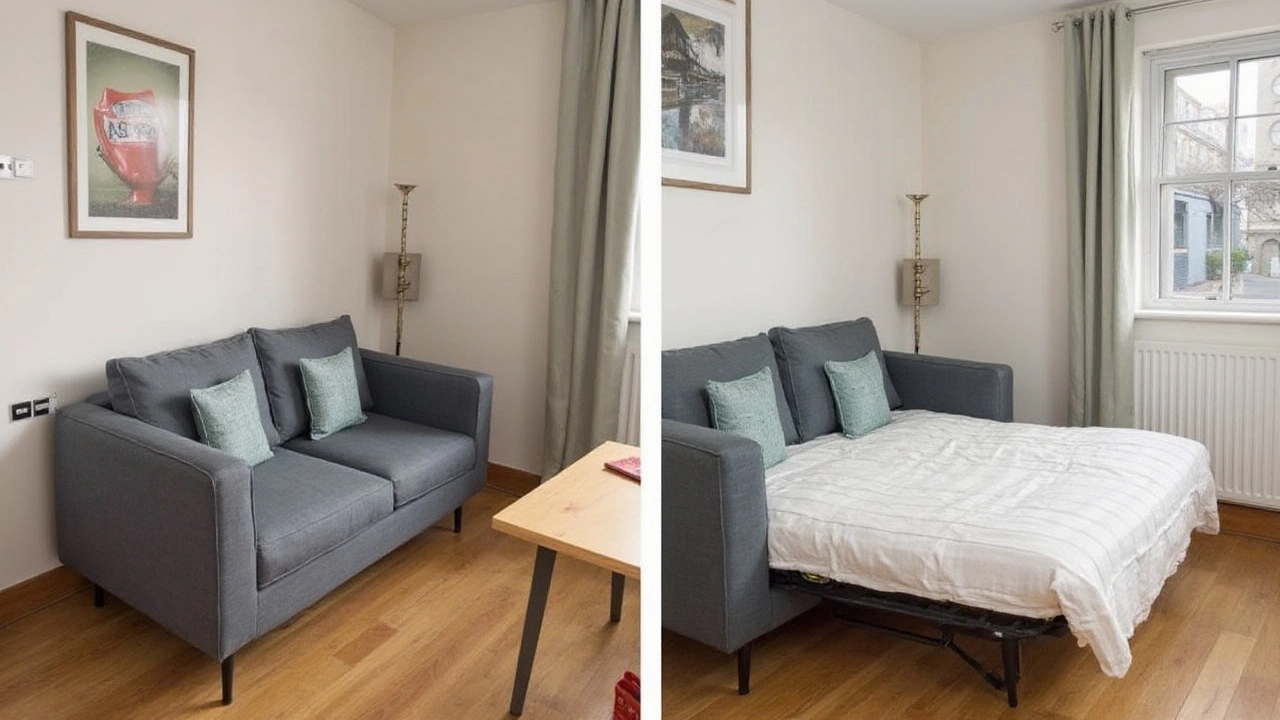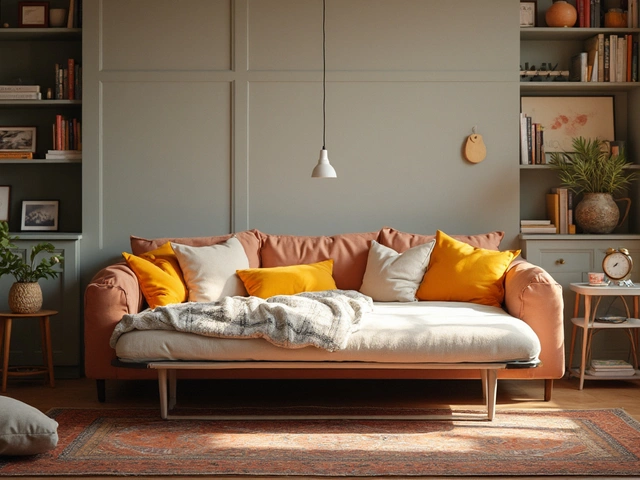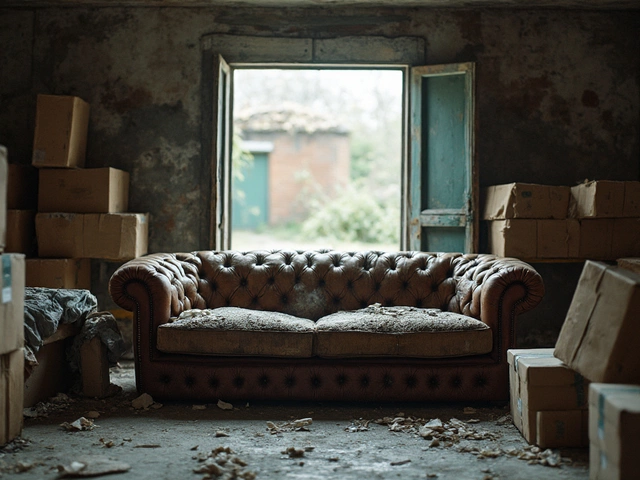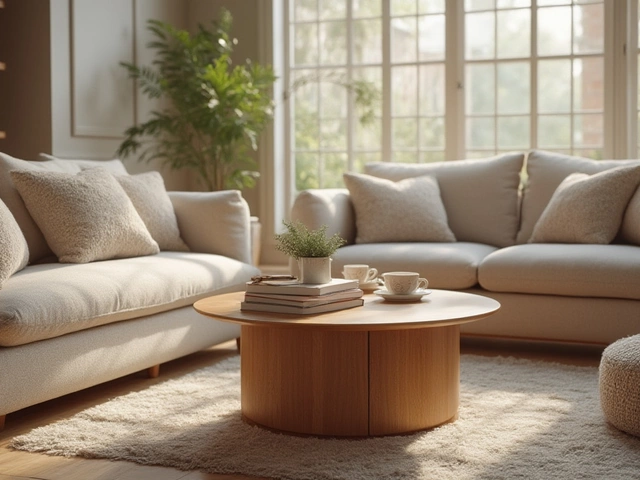Longevity: Making Your Furniture Last Longer
When you buy a sofa, a dining table, or a garden bench, you probably want it to stay good for years. Nobody likes to spend money twice on the same piece. The good news is that most furniture can live much longer if you know the right tricks.
What Affects Furniture Longevity
First, look at the material. Solid wood, metal, and high‑grade plastics handle wear better than cheap particle board or low‑grade MDF. Solid wood can bend, but it doesn’t crack as easily, while metal resists moisture but may rust if not treated.
Second, think about the environment. Sunlight fades fabrics and dries out wood finishes. Too much humidity makes wood swell and can cause mold on upholstery. Temperature swings expand and shrink joints, especially on cheap glue‑only constructions.
Third, usage matters. A coffee table that gets slammed daily needs stronger joints than a side table used for a few drinks a week. Heavy‑use pieces should have dowel or screw joints instead of just nails.
Finally, how you store it matters. Keeping wood furniture in an unheated garage or a damp basement speeds up warping and rot. Outdoor pieces need weather‑proof finishes and proper drainage.
Practical Tips to Extend Life
1. Keep it dry. Wipe spills right away. Use a dehumidifier in rooms where you store wooden items. For garage storage, add a moisture absorber.
2. Shield from sunlight. Use curtains or UV‑filter window film on rooms with large windows. Outdoor furniture should have a cover when not in use.
3. Use proper cleaning. Vacuum fabric sofas regularly to avoid dust buildup. For wood, use a soft cloth and a cleaner made for the finish, not harsh chemicals.
4. Check fasteners. Tighten screws and bolts once a year. Loose joints can turn into squeaks and eventually break.
5. Rotate cushions and mats. Moving cushions around spreads wear evenly. Flip reversible cushions if they have two sides.
6. Invest in quality pieces. A higher upfront cost often means fewer replacements. Compare the price per year of use: a $2,000 sofa that lasts ten years beats a $800 sofa that needs replacing after three.
7. Mind the weight. Don’t overload shelves or chairs. Follow the manufacturer's weight limits.
8. Seasonal care for outdoor items. Apply a fresh coat of sealant before spring, and store metal chairs under a roof during winter to avoid rust.
By following these simple steps, you can add several years to almost any piece. The bigger payoff is less waste and more value from the money you spent.
Remember, longevity isn’t just about buying tough stuff – it’s about treating what you have right. A little effort now saves you time, money, and the hassle of constant replacements. Keep your furniture looking fresh, and it’ll keep supporting your life for a long time.



